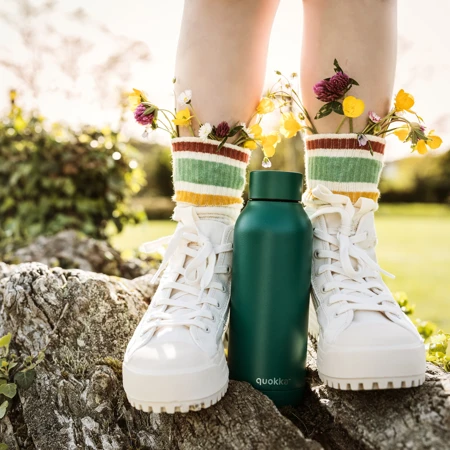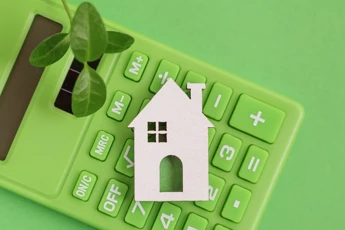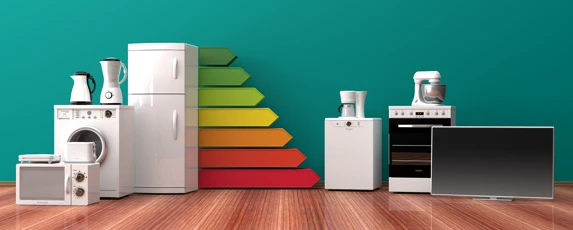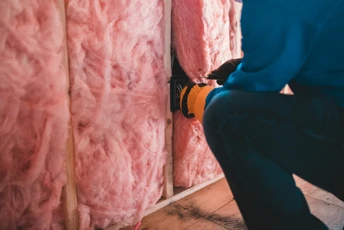With conversations across the globe about sustainable living and green homes, we answer the question: what exactly is a “green home” - it’s not the colour of your walls, we can tell you that much.
What is a green home?
Green homes, also known as sustainable homes or eco-homes, are properties that are designed and built to be as environmentally responsible and sustainable as possible. The concept of a green home has grown in popularity over the last few years due to the increasing awareness we have as a society regarding the impact of our built environment on the planet.
Green homes are a response to the need to create more sustainable and healthier living environments for ourselves and future generations. Some of the key things that make up a green home include:
-
Energy efficiency
-
Water conservation
-
The use of sustainable materials
Let’s break the above down and discuss how you can integrate them into your home design and construction.
Household C02 contributions
In the UK, residential properties have been the single largest emitter of greenhouse gases in the UK since 2015, and in 2020, contributed almost 40% of the UK’s total emissions1.
While some homes will produce more than others, unless your home is completely carbon-neutral, we’re all contributing to this figure, be it in the form of heating, food, and even internet usage.
Energy efficiency in green homes
There are several ways to increase energy efficiency in the home and one of the most effective ways is to use energy-efficient appliances. Most appliances now come with an energy rating, which denotes how much energy it uses and how well it should perform. An A rated appliance is the most efficient, while a G is the lowest.

While it would be expensive off the bat to replace everything at once, if you have a machine that needs replacing, why not consider an energy efficient model?
Another good way to increase the efficiency of your home is to improve its insulation. Proper insulation can prevent heat loss in the winter and heat gain in summer, reducing the need for reliance on heating and cooling systems. Working on the insulation in the home can also be a cost effective way of making your home more efficient, though the size of your home and your property type will determine the overall cost. Older homes do, unfortunately, cost more to insulate compared to modern homes with cavity walls.
While installing renewable energy resources like solar panels is a well-known way of generating off-the-grid power, and reduces your reliance on fossil fuels, they can be very expensive, and the creation of solar panels requires a significant amount of energy in its own right. Complete reliance on solar energy is also challenging in a country like England, where the weather can be fickle. Rather, look for energy suppliers that use renewable energy sources and “green gas,” which is easier to achieve than outfitting your home with solar panels.
How efficient is your home?
Water conservation and sustainable living
Water conservation is another key feature for green homes because, according to the Consumer Council for Water, the average UK household uses about 145 litres of water per day2, with around 109 litres per property lost per day through leakage. Water conservation is less about just “saving water” and more about saving the resources behind getting the water to your house. Everything in our lives requires energy to function, and that includes moving, treating, and using water for human consumption.
Leakage doesn’t help the environment and it certainly doesn’t help your wallet. By taking active steps to conserving water, we can not only reduce our impact on the environment but also save a bit of money on water bills.
One of the easiest ways to conserve water in the home is to use low-flow toilets and showerheads, which use less water than traditional models without a sacrifice in performance. You could also consider a rainwater harvesting system, which is especially ideal for wet areas. These systems collect rainwater from roofs and store it in tanks for later use and can be used for irrigation, flushing toilets, and even washing clothes, though it’s unlikely to be safe to drink or wash in.
While not an obvious link, landscaping can play a key role in water conservation. Consider using drought-resistant plants and landscaping techniques in your garden. For example, you can use mulch and other ground covers to retain moisture in the soil.

Sustainable materials and design
Sustainable materials are those that are produced, used, and disposed of in such a way that the impact they leave on the environment is minimal. By using sustainable materials in home design, construction, or renovation, we can reduce waste, conserve resources, and promote sustainability.
Traditional building materials, like concrete and steel, use a lot of energy to produce and transport and they often end up in landfills when buildings are demolished or renovated. Sustainable materials, on the other hand, can often be reused or recycled.
Here are a few ways you can use sustainable materials in the home:
- Use reclaimed wood for flooring, countertops, and cabinets
- Incorporate recycled materials into your home, be it glass, metal, or plastic
- Use eco-friendly materials (anything that grows quickly and is easy to harvest). Examples include cork, bamboo, straw, and hemp)
Did you know that a lot of modern building materials can be made of sustainable materials like hemp, recycled ash, and waste steel dust?
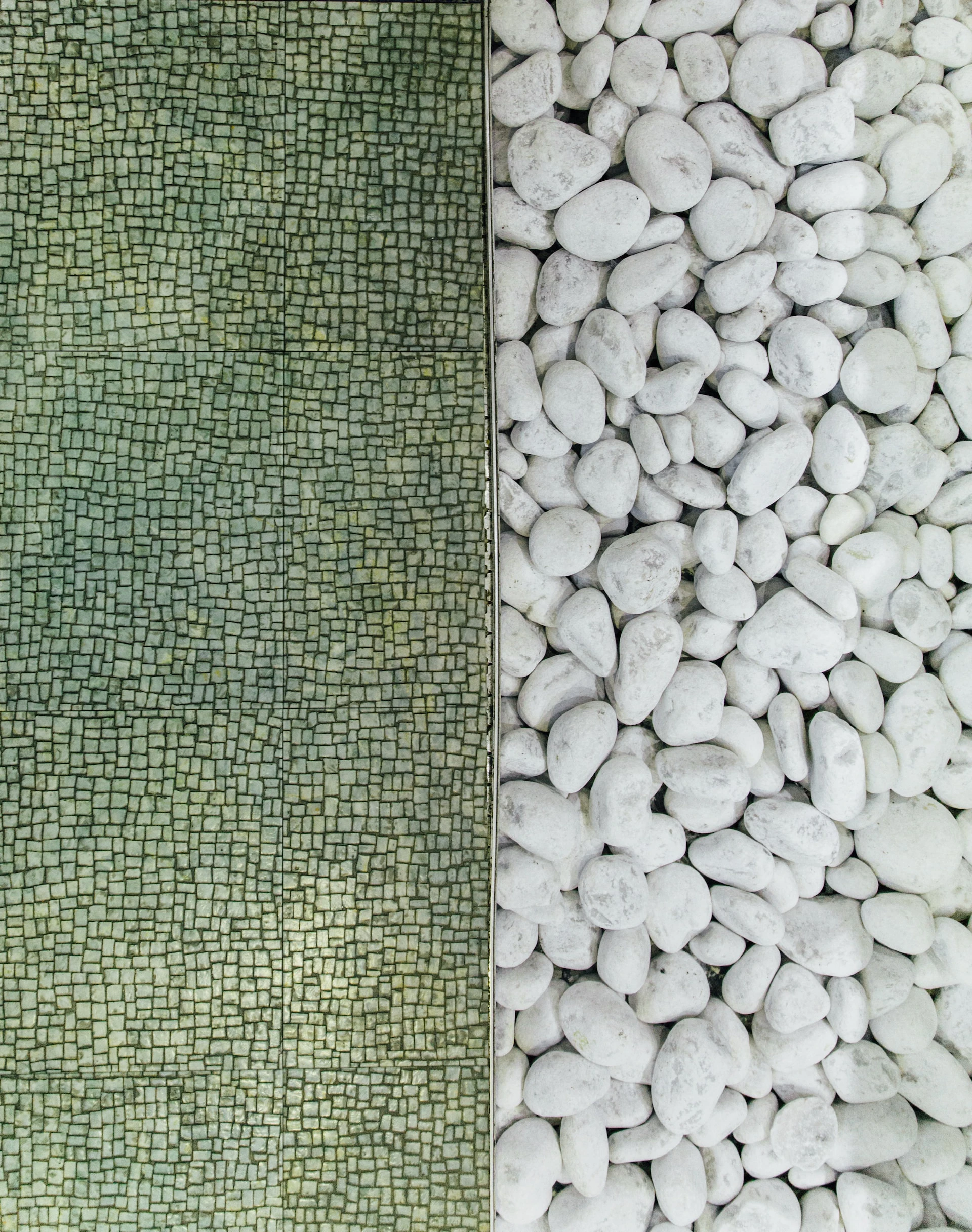
How to build your own green home
In essence, a green home is a living space that promotes sustainability and environmental responsibility. By making our homes more energy-efficient and reducing our carbon footprint, we can help mitigate the impact of climate change and continue to journey to a sustainable future.
While this may seem like a lofty goal (and an expensive one), there are a few things you can do to finance the creation of your own green home. You can use savings, of course, and many energy companies are offering green grants to help homeowners make energy saving improvements in their homes.
You could also consider remortgaging to pay for the renovation, though this is a topic that requires an entirely separate conversation, so why not get in touch with us to discuss it?
If you’d like, check out our article about what remortgaging is and how it could help you renovate your home.
Get in touch with us today if this is something you'd like to explore and one of our friendly advisers will be on hand to help.
Resources and references:
Important information
Your home may be repossessed if you do not keep up repayments on your mortgage.
There may be a fee for mortgage advice. The actual amount you pay will depend on your circumstances. The fee is up to 1% but a typical fee is 0.3% of the amount borrowed.
You may have to pay an early repayment charge to your existing lender if you remortgage.
Related Articles
What’s a green mortgage?
A green mortgage is a new incentive designed to encourage homebuyers to think of the environmental impact of their homes. And while there’s a lot of information out there, not enough people are talking about green mortgages.
Easy ways to make your home energy efficient
Follow this list of tips to save energy, and more importantly - money, in your home.
What does retrofitting mean?
Want your home to be more eco-friendly but don't know where to start? Learn everything you need here, from benefits to budget, government support, and finance options.
No posts currently available

